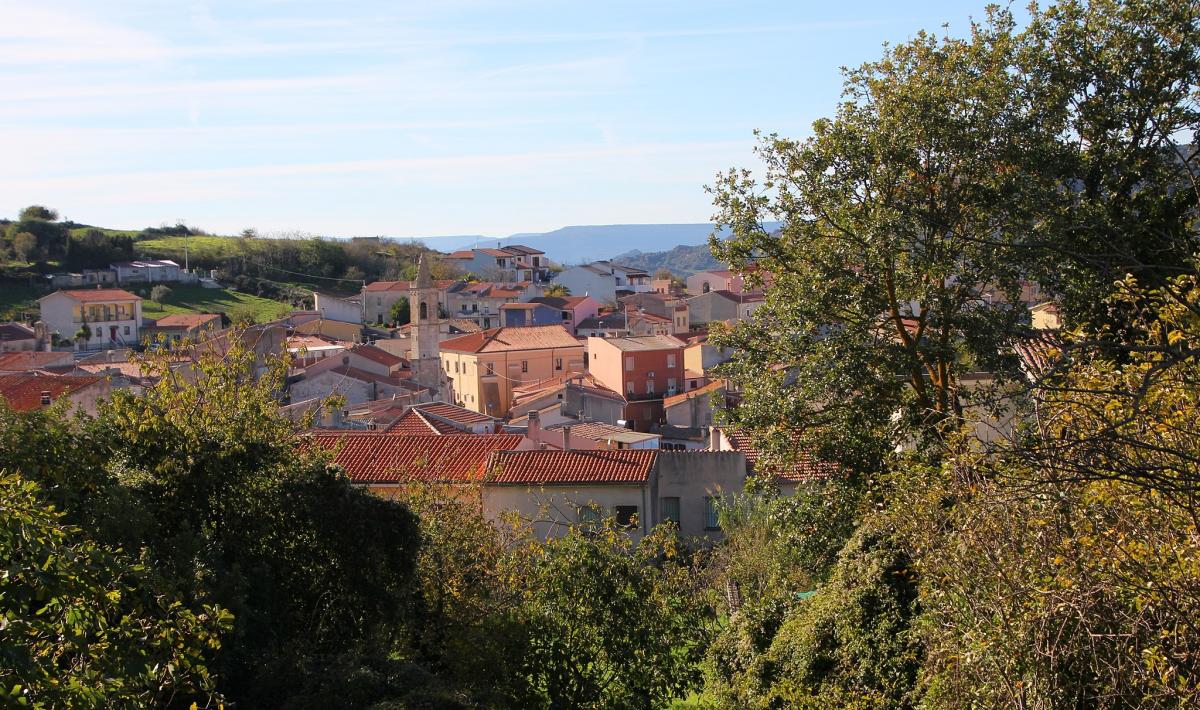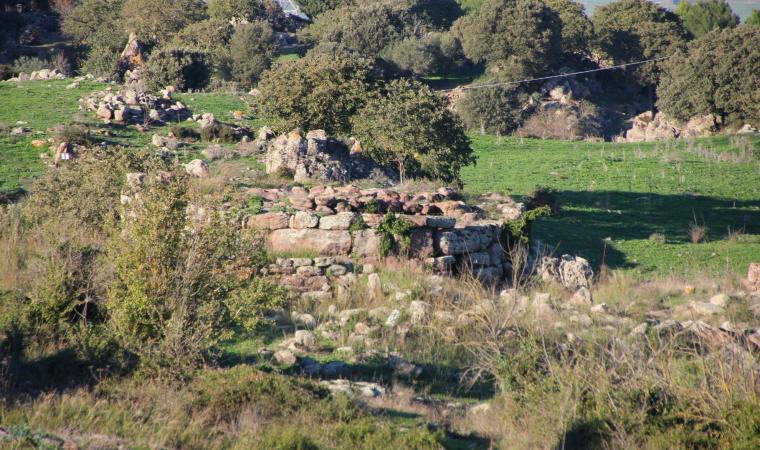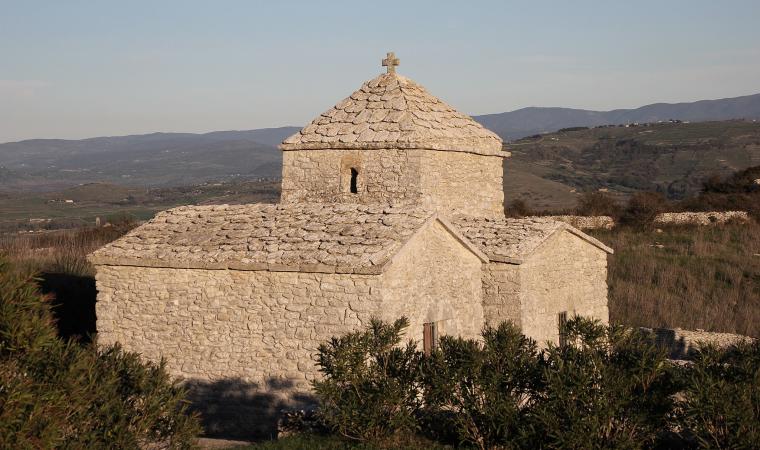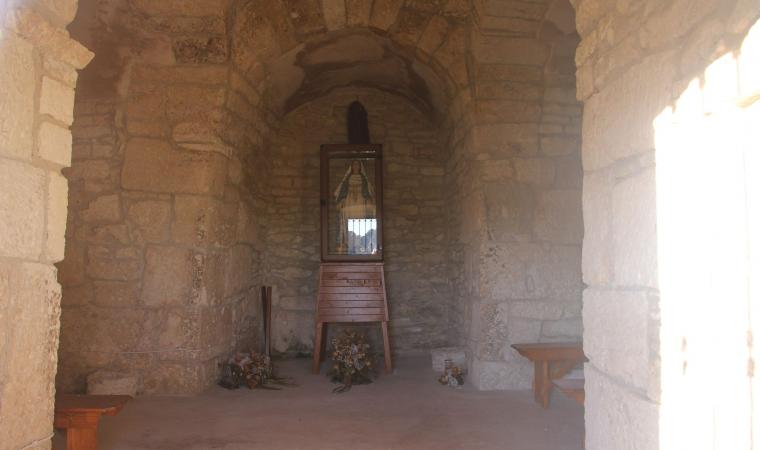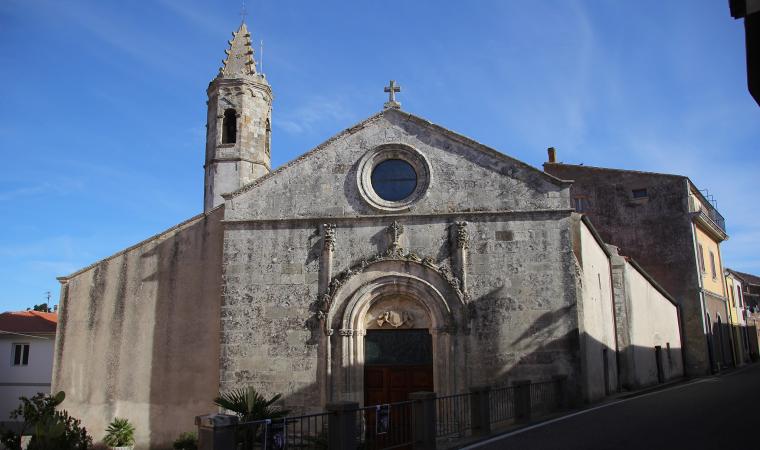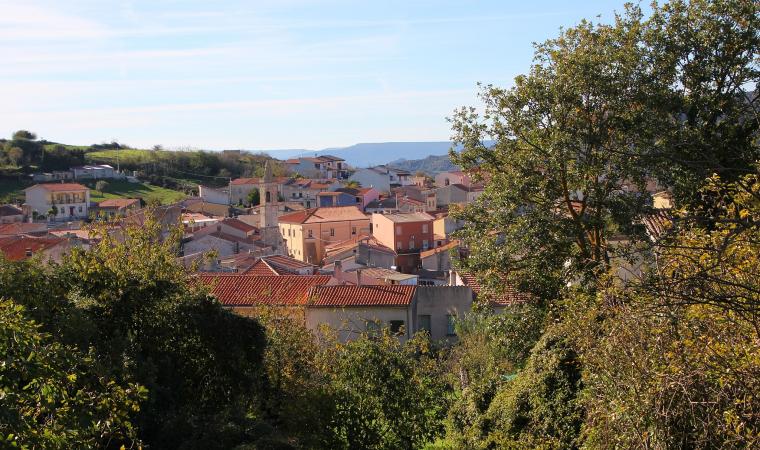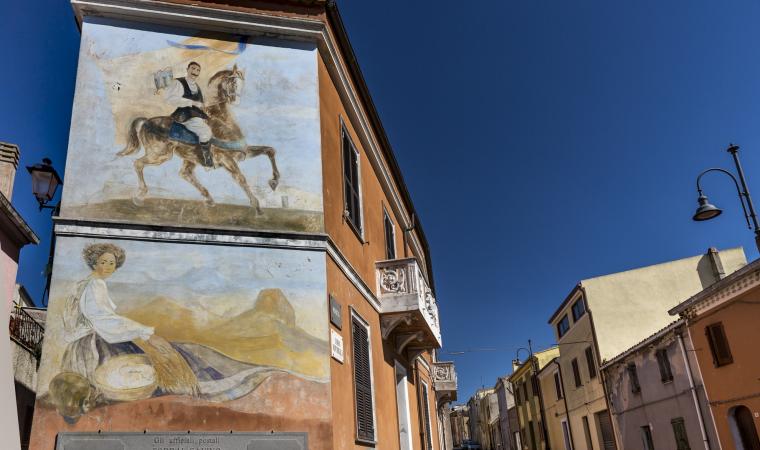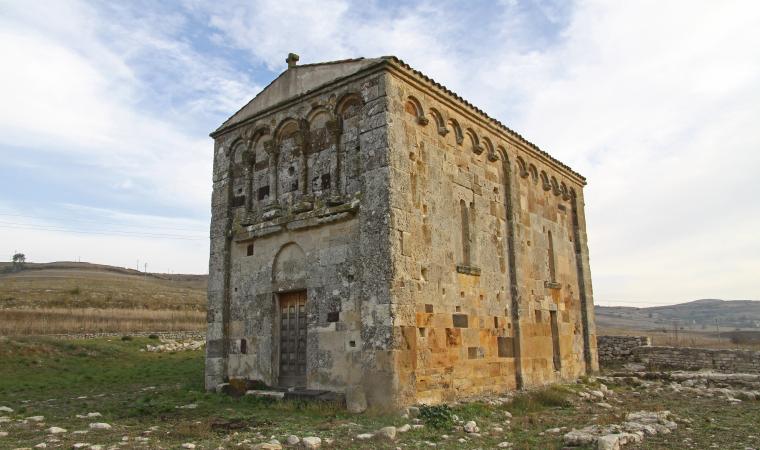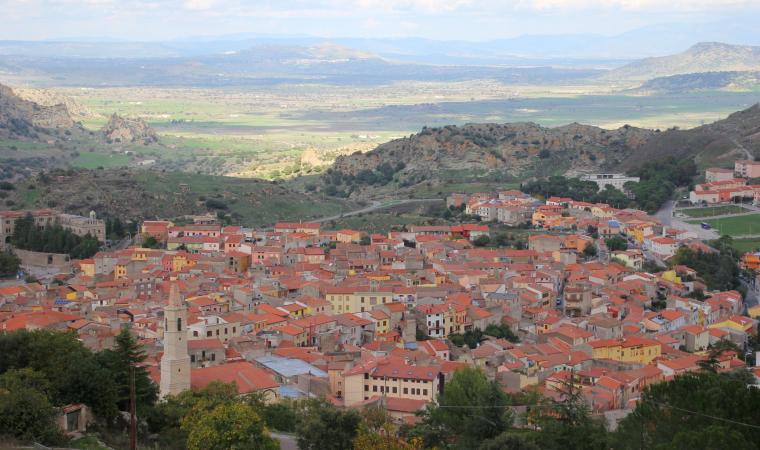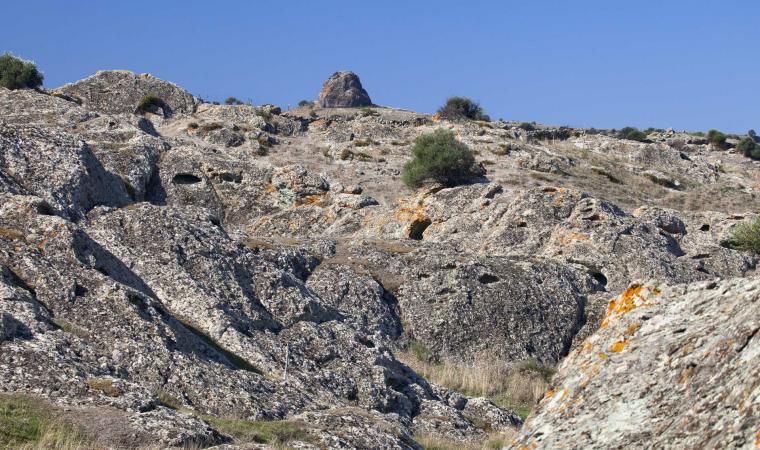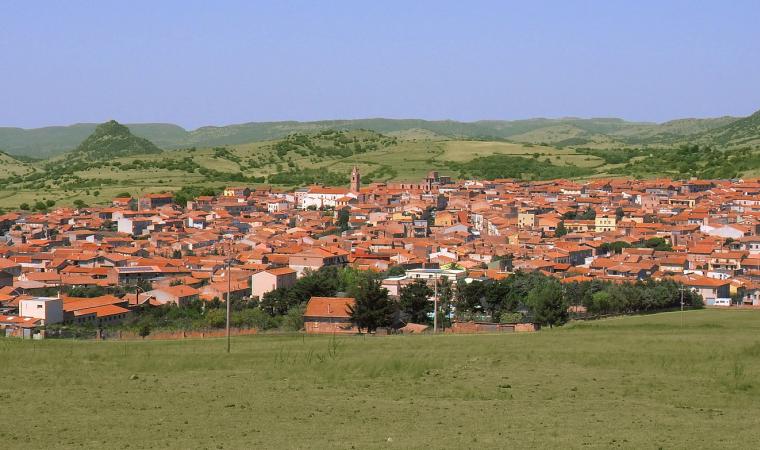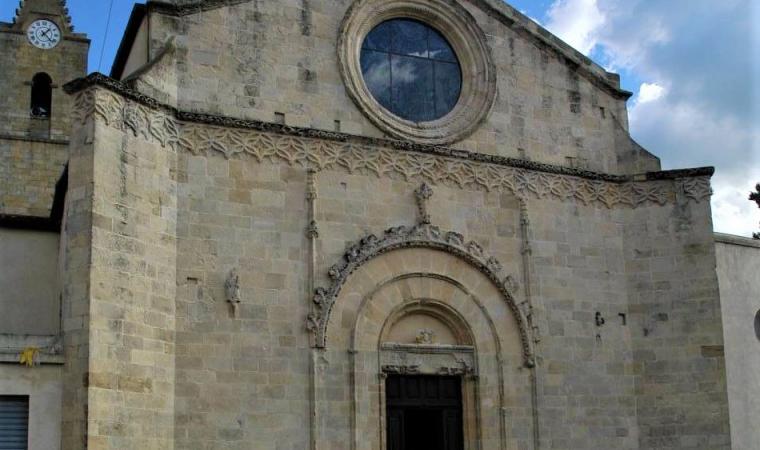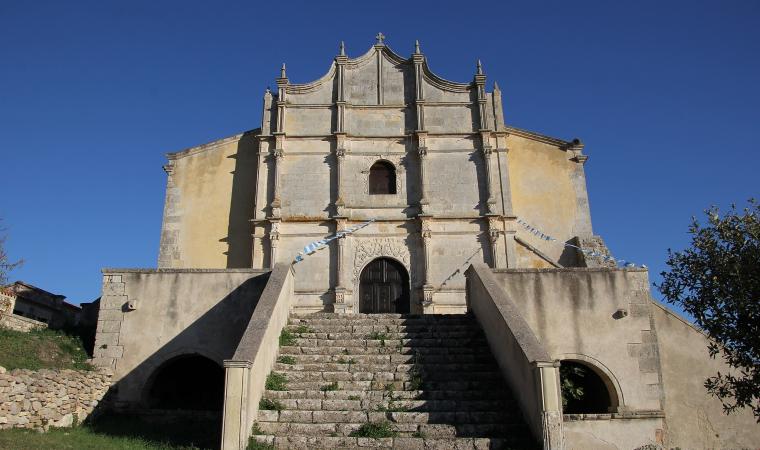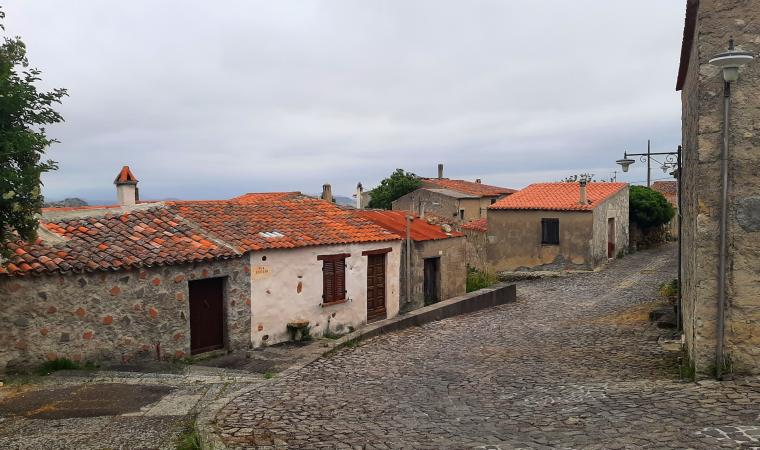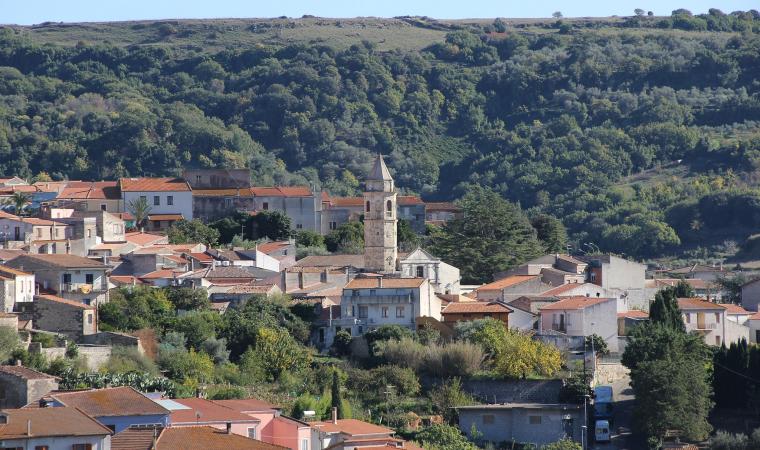Set in the heart of a plateau around 500 metres above sea level, in an area of stunning landscape and archaeological sites, Cossoine is a town of around 900 inhabitants in the Meilogu area, a sub-region of Logudoro. The earliest traces of human settlement are from the Neolithic, with several domus de Janas, and then from the Bronze Age, with Giants' Tombs and numerous nuraghes. The site of Corruoe, where the remains of a nuraghic village and Roman villa were found, is particularly interesting. The area also has traces of the Roman domination - the town is the site of Lucentia or Castrum Lucentinum (today Lughentinas) and the Byzantine period, with the settlement of Kourin.

